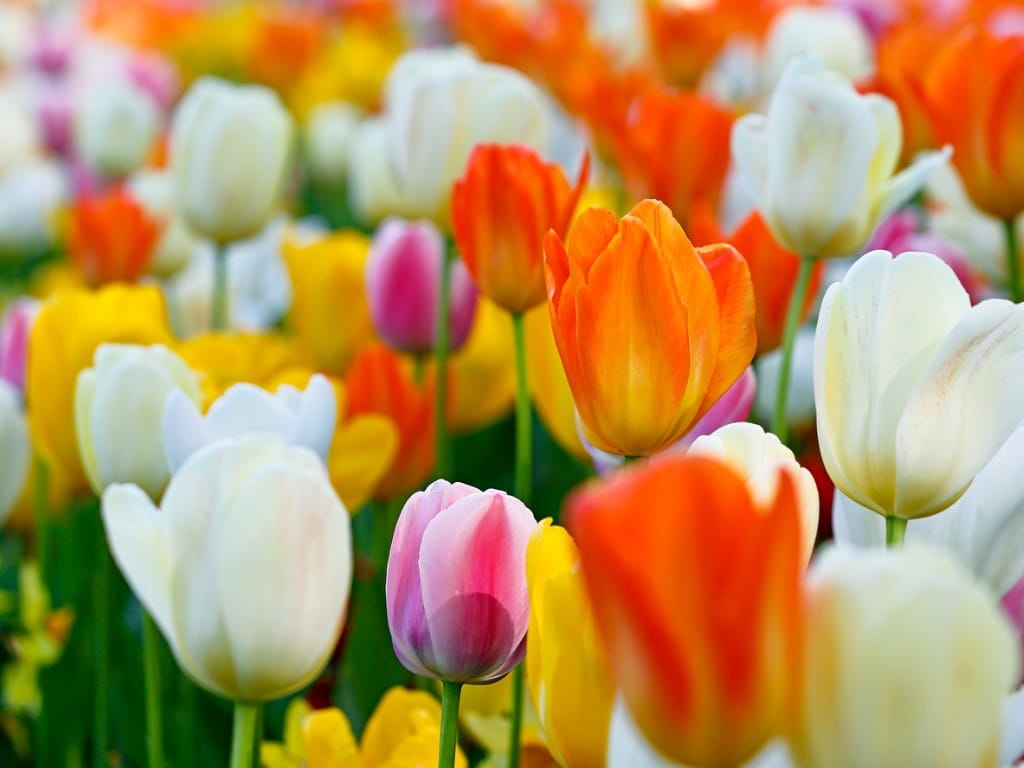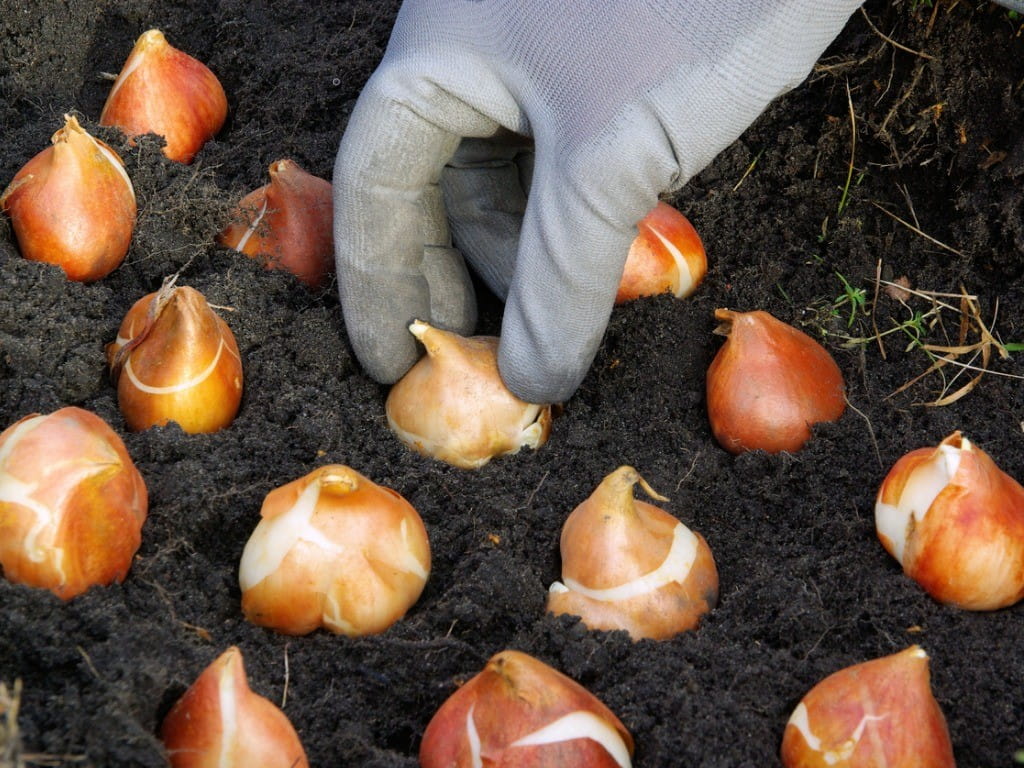Tulip Bulb Toxicity Internal and External Effects

The Bottom Line
Tulips are beautiful and hardy plants grown from bulbs. Although a variety of symptoms have followed eating tulip bulbs, the exact toxicity of the plant when eaten has not been fully established. However, a well-documented toxicity from handling tulips is known as "tulip fingers."

The Full Story
Tulips are ornamental flowers with thousands of varieties contained within more than 50 species. Tulips are grown from bulbs, which are like seeds that typically have been maturing for at least 2 years. Tulips are honored in annual festivals all over the world including Turkey, India, the Netherlands, and several US states. Although tulips are associated with vast fields and windmills in the Netherlands, they originated in western Asia. They were eventually cultivated in Turkey and then imported to the Netherlands in the late 1500s.
There are fantastic accounts of tulips impacting the economy of the Netherlands; stories of people swept up in "tulipmania" making and losing great wealth by buying and selling tulips bulbs. These stories have been judged to be overblown cautionary tales, but they served as the basis for the recent movie "Tulip Fever."
Tulip bulbs look like onions and are unintentionally eaten because of this similarity. They have been intentionally eaten during times of famine. Based on World War II era stories, boiling and eating fewer than 5 tulip bulbs per day only caused mild GI effects in adults. In 1978, however, 6 adults in Yugoslavia ate a goulash prepared with 5 tulip bulbs (purposefully substituted for onions) and developed an array of symptoms: vomiting, nausea, shortness of breath, weakness, increased salivation, feeling warm, sweating, and heart palpitations. All symptoms resolved within a few days except for weakness reported for up to 5 days. Tulips should not be considered food.
"Tulip fingers" is an irritating rash that can occur in people who handle tulips for work or pleasure. It is also called "tulip itch" and "tulip nail." A chemical called tuliposide is responsible for this reaction. It is found mostly in the outer layers of tulip bulbs. Tuliposide is found in other plants, including certain types of lilies. Tuliposide is converted to tulipalin A, which causes the skin to become sensitized–think of this like developing an allergy. After repeated exposures, the skin's reactions get worse and a painful rash can occur. This rash can affect both the fingertips as well as the area around the fingernails. Fingernails may become brittle and deformed. In rare cases, affected individuals can develop hoarseness, a runny nose, and difficulty breathing.The skin reaction will heal within a few days, but future contact with tulips can cause the effects to return. Wearing nitrile gloves (not latex) while handling tulips will protect the skin and will prevent "tulip fingers."
If you are worried about a tulip exposure, check the webPOISONCONTROL® online tool for guidance or call Poison Control at 1-800-222-1222. Whether you log on or call, expert assistance is available 24 hours a day.
Pela Soto, PharmD, BSHS, BS
Certified Specialist in Poison Information
Poisoned?
Call 1-800-222-1222 or
Prevention Tips
- Identify all plants in your home and yard before an exposure happens.
- Keep seeds, bulbs, and plants up and away from children and pets.
- Wear nitrile (not latex) gloves while handling tulip bulbs.
This Really Happened
Two 11-year-olds, a boy and a girl, were outside playing when they found what they thought was an onion. They decided to eat it. It turned out to be a tulip bulb. Both children developed nausea, and the girl reported that she felt shaky that same night. The children were reluctant to report the incident, but the girl finally told her parents the following day. The girl's mother immediately called Poison Control, which recommended that the children be watched at home and given only simple, plain foods. The following day all symptoms had resolved.
For More Information
References
Bertwistle AP. Tulip fingers. Br Med J. 1935;2:255.
Frohne D, Pfander HJ. Poisonous plants: a handbook for doctors, pharmacists, toxicologists, biologists and veterinarians. 2nd ed. London: Manson Publishing; 2005.
Gette MT, Marks JE Jr. Tulip fingers. Arch Dermatol. 1990 Feb;126(2):203-5.
Khalid MM, Greenberg MI. Tulip Finger. Clin Toxicol (Phila). 2018 Sep;56(9):860.
Maretic Z, Russell FE, Ladavac J. Tulip bulb poisoning. Period Biol. 1978;80(Suppl 1):141-3.
Wilhelm KP, Zhai H, Maibach HI, editors. Dermatotoxicology. 7th ed. Boca Raton (FL): CRC Press; 2007.
Poisoned?
Call 1-800-222-1222 or
Prevention Tips
- Identify all plants in your home and yard before an exposure happens.
- Keep seeds, bulbs, and plants up and away from children and pets.
- Wear nitrile (not latex) gloves while handling tulip bulbs.
This Really Happened
Two 11-year-olds, a boy and a girl, were outside playing when they found what they thought was an onion. They decided to eat it. It turned out to be a tulip bulb. Both children developed nausea, and the girl reported that she felt shaky that same night. The children were reluctant to report the incident, but the girl finally told her parents the following day. The girl's mother immediately called Poison Control, which recommended that the children be watched at home and given only simple, plain foods. The following day all symptoms had resolved.
